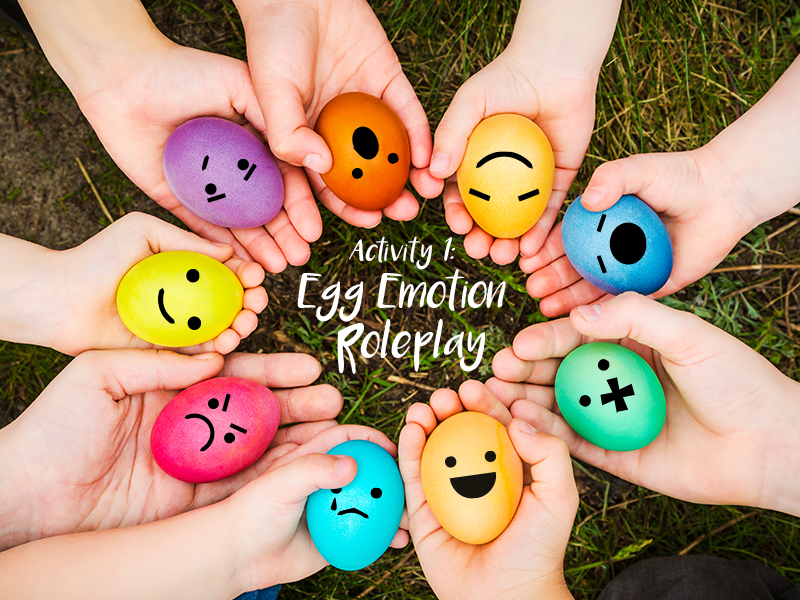Research shows that there is a strong relationship between social-emotional learning and cognitive development. But, just like math and reading, students must be taught social and emotional skills. Emotional regulation is a particularly important skill for students to learn as it affects students’ ability to make decisions, persist in goal-oriented activities, and seek help when needed. Try a few of these fun activities to help your students learn how to explore and regulate their emotions.
Draw a variety of faces on plastic Easter eggs with the eyes on the top half and the mouth on the bottom half. Teach your students about different emotions as they have fun interchanging the parts to make all sorts of different faces.
The Character Tree is FREE character education video subscription series designed for first and second grade students. Every episode combines character education and social studies by focusing on one positive character trait and a prominent/historical figure. Best of all, they’re offering it free for the 2019-2020 school year. You can sign up here: The Character Tree
This website includes free downloads for an Inside Out-themed game where students match various reactions, facial expressions, etc. to the correct emotion.
These cute cards will help your students learn how to identify and recognize a range of different emotions. The fun robot theme is sure to capture their interest and attention.
5. Mood Meter
Empower younger students to express themselves with a mood meter. This is a great tool to use with students who may not yet be able to clearly express what mood they are in.
Anger is often the emotion that erupts when a child is dealing with unregulated secondary emotions. In this activity, students learn about these emotions and what happens when they build up.
Many of the other activities in this list are about teaching children how to identify their emotions. Calm Down Yoga reinforces these concepts while teaching how to regulate emotions through calming yoga poses.
Too often, the emotions we focus on teaching are happy, sad, mad, etc. Students will benefit greatly in their social emotional development by learning about a wide range of emotions.
9. HALTED
This helpful acronym will help students pinpoint their emotions when they are feeling less-than-prefect.
Reading to your students is one of the best ways to teach them about their feelings and emotions. There are many wonderful books that teach children how to identify their emotions. Visit our previous post to see our top ten book recommendations.
Have something to add? We’d love to hear from you! Share your thoughts, opinions and ideas in the comments below.
